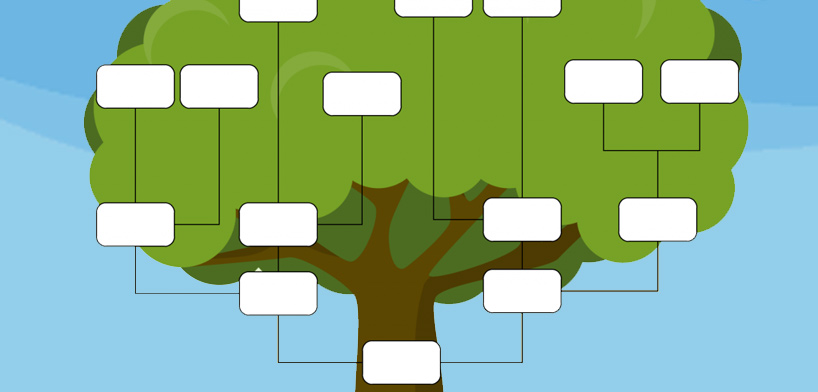Each “venture home” starts at home. The pursuit to study your progenitors—what their identity was, the place where they came from, what befell them, and why—begins in discussions with family members, in the loft or cellar rifling through old photographs and reports, at the neighbourhood library or documents exploring imperative records, or internet mining parentage sites.
The result for this analyst work isn’t anything not as much as time travelling through your family ancestry. You will become more acquainted with your precursors in a more private and significant manner. Family history master Megan Smolenyak, the investigator who uncovered Barack Obama’s Irish heritage.
It depicts visiting one’s genealogical home as one of life’s trivial few “all-around moving encounters.” Here are eight stages to kick you off on your own excursion home.
1. Stay organized
The early long stretches of your pursuit will probably bear bountiful natural product since it’s frequently simplest to assemble realities about direct relations. To save and arrange all that you find, pick an online genealogical information base before you begin leading exploration.
A few free and expense based online genealogical information bases are accessible, including Ancestry.com, the world’s biggest online family ancestry asset. Since Ancestry supporters have made more than 60 million genealogies, a portion of those current branches may demonstrate importance in your own hunt.
2. Begin your expedition at home
Proficient genealogists are prepared investigators. They search for pieces of information, notice designs, lead exploration, and gather information to deliberately settle secrets and reveal family backgrounds. What’s more, similar to criminal investigators, these family specialists realize that the absolute most important pieces of information in any journey regularly are hiding by not really trying to hide—at home.
Smolenyak proposes centring your chase in the upper room, storm cellar, and drawers where photographs, reports, and individual correspondence might be put away. Things with dates are particularly useful. Family memorabilia is used to search for old pictures, military records, certificates and report cards, and obviously journals, postcards, and letters.
3. Converse with your seniors
“Your more established family members—even the individuals who are only 20 minutes more seasoned than you—are living libraries,” says Smolenyak. “The family backgrounds put away in their minds can save you such a difficult situation not too far off.”
Even in the event that you’ve heard family realities—and legends— your whole life, truly setting aside the effort to meet your seniors outfitted with an advanced recorder and explicit inquiries will revive your memory and uncover new subtleties. Also, in the event that you expedition first and meeting second, you will have relics to discuss with your family members.
Requesting that they recognize individuals or spots in old photographs, for instance, can be an impetus for stories and leads. Start by posing inquiries about your folks, grandparents, and, if conceivable, extraordinary grandparents and past that will uncover fundamental information.
4. Go on the web
This is the second you’ve been sitting tight for—the opportunity to at long last utilize all the data you’ve been get-together to look on the web. New assets, administrations, and alternatives are added routinely on well-known parentage locales including FamilySearch.org, Ancestry.com, and Archives.com.
Smolenyak recommends beginning with the Mormon Church’s free, charitable FamilySearch, the world’s biggest genealogical association. “They have been gathering records from around the world for around 100 years and are digitizing their assortment at a speed of a huge number of records seven days,” Smolenyak says.

